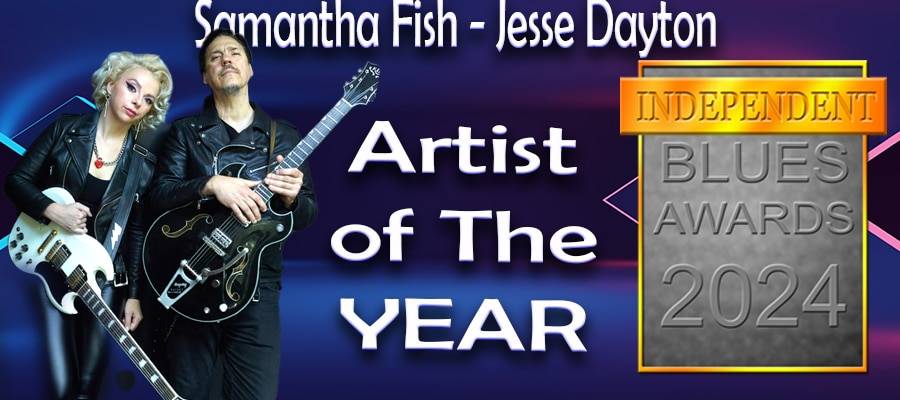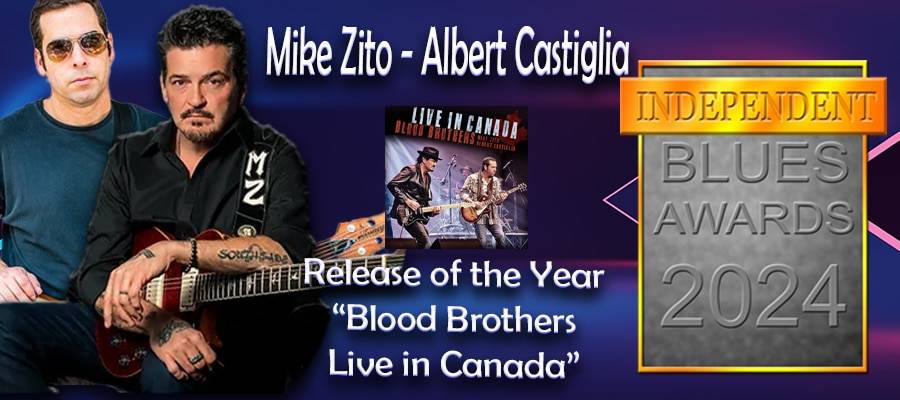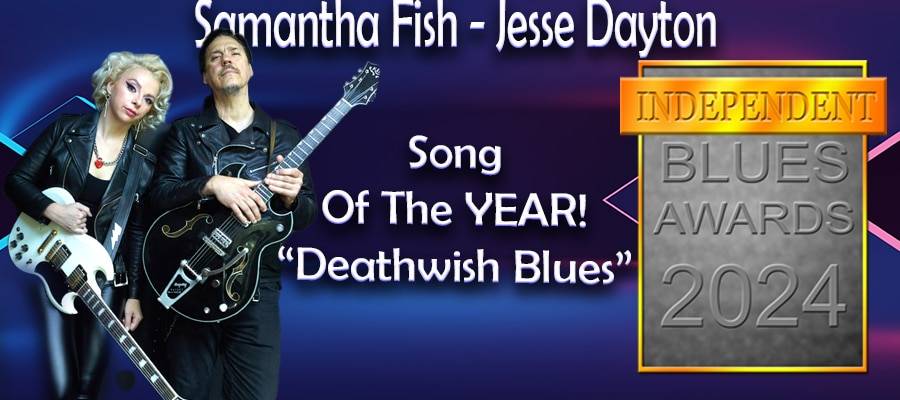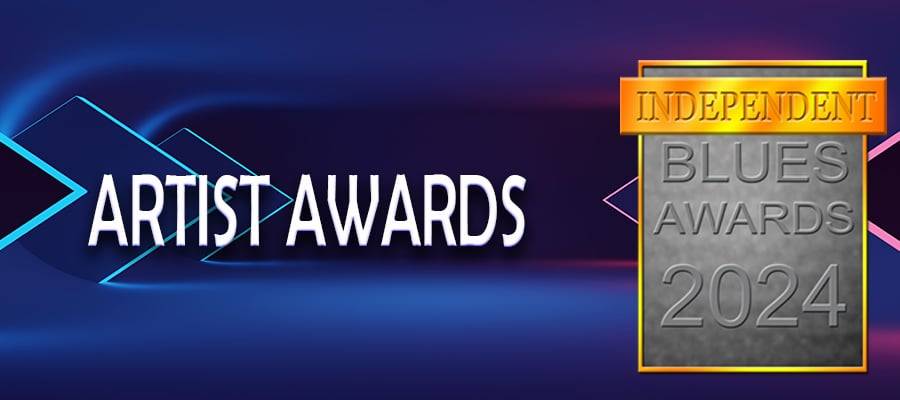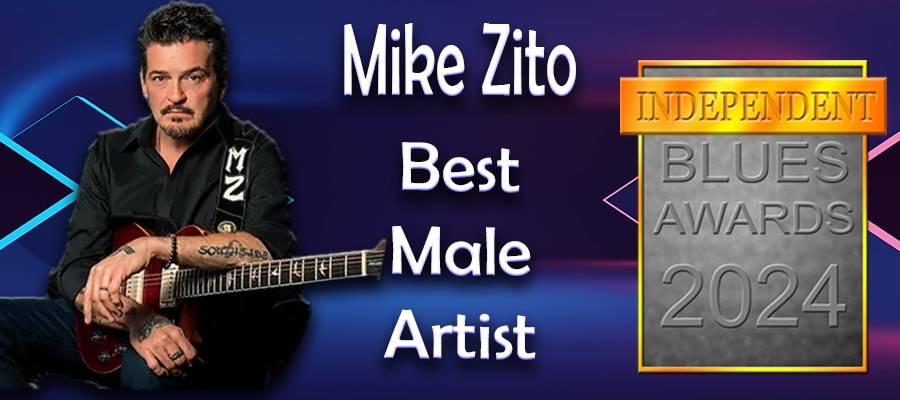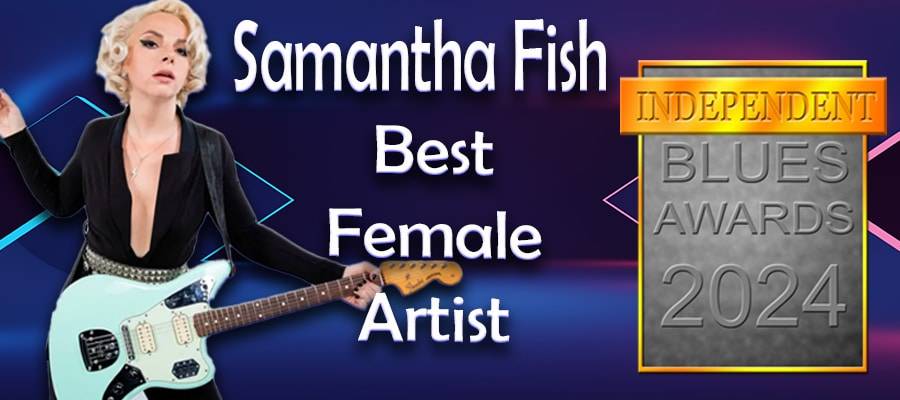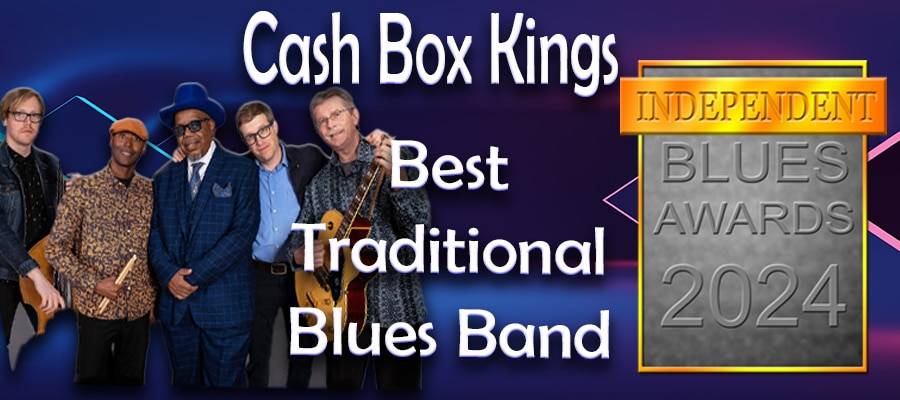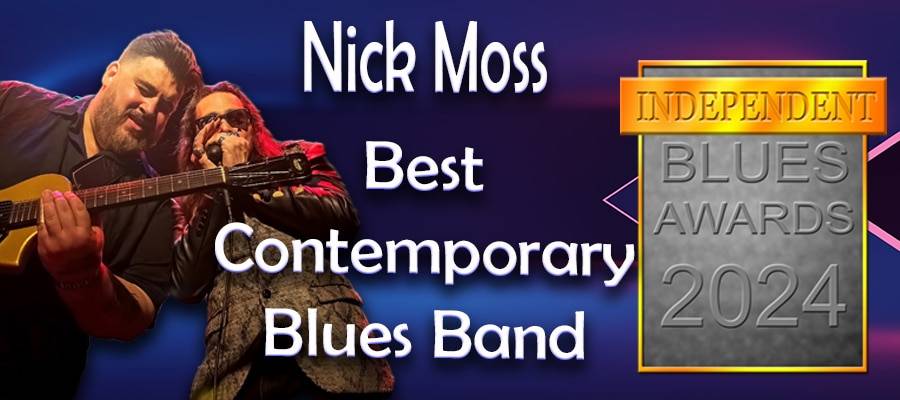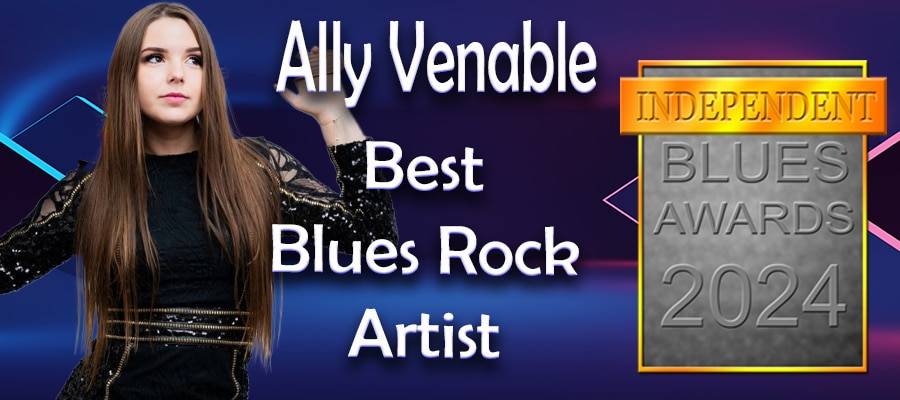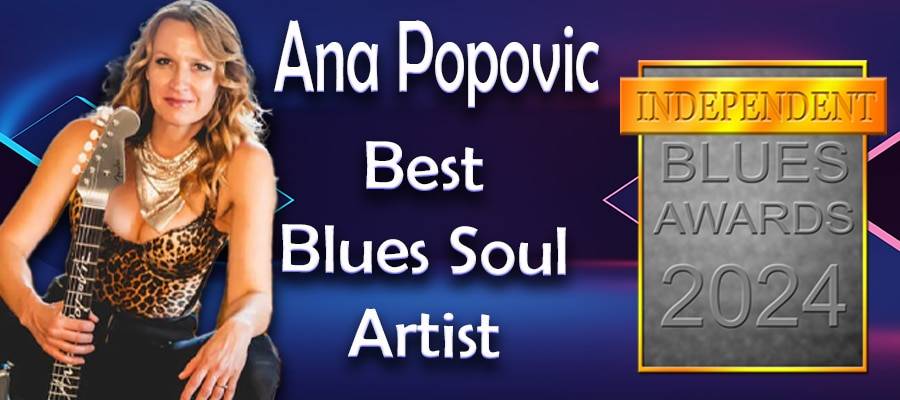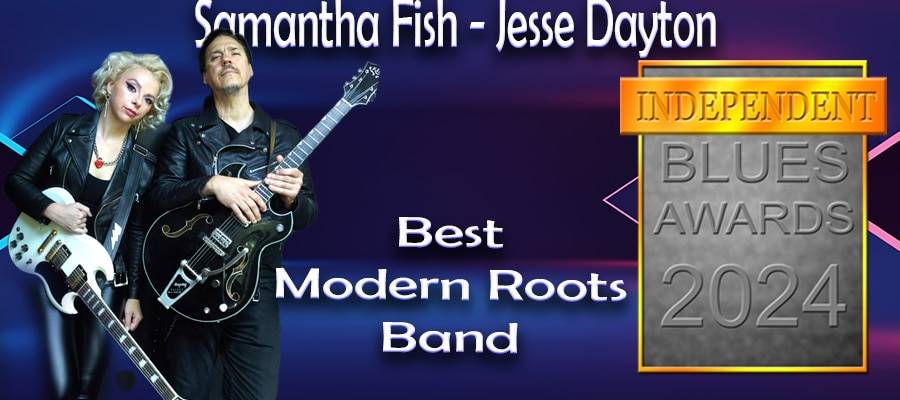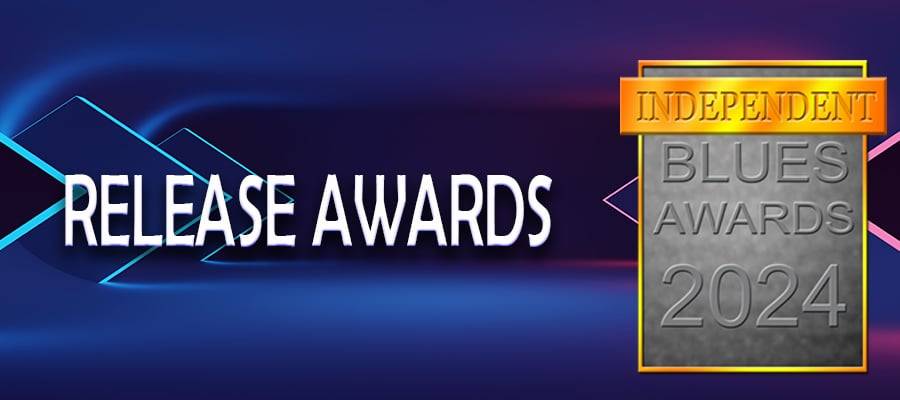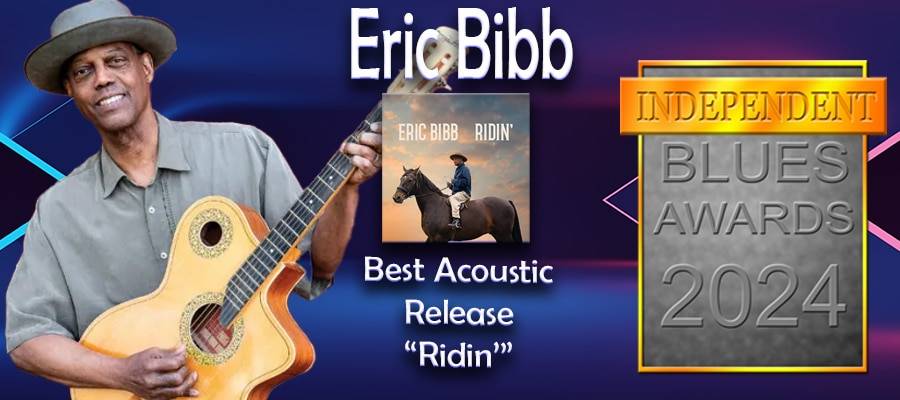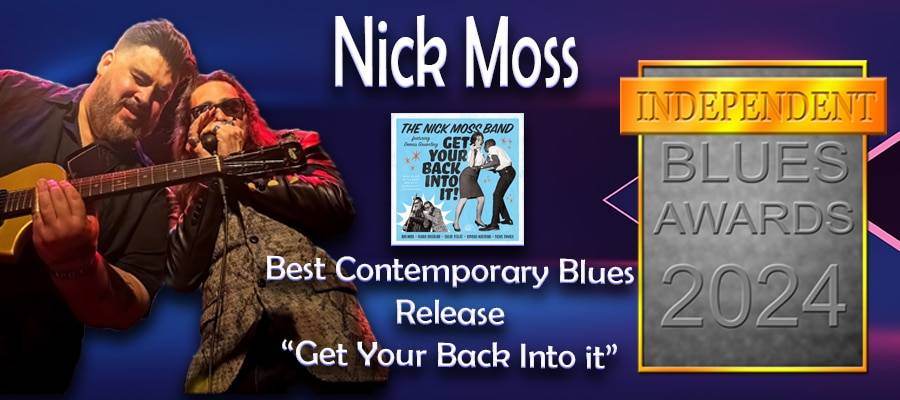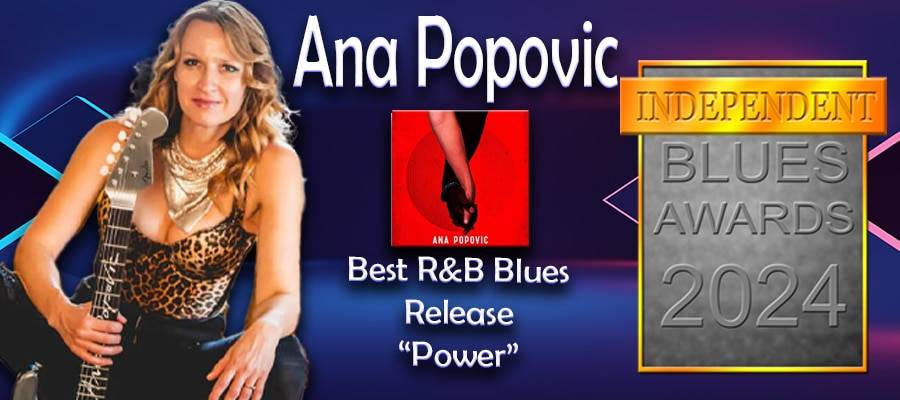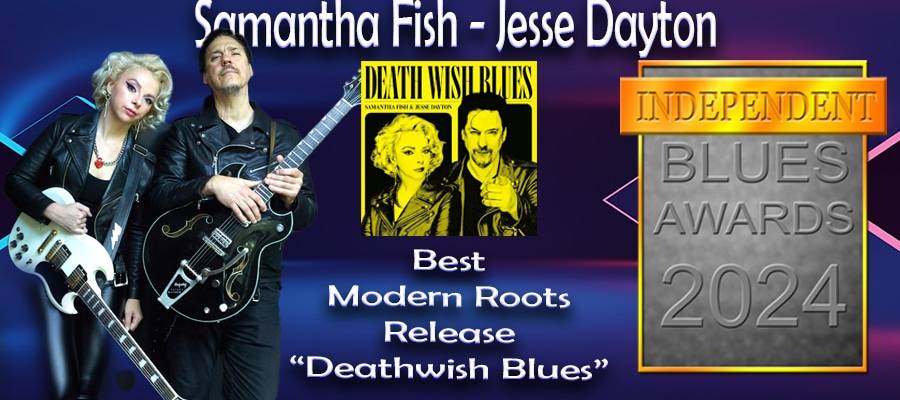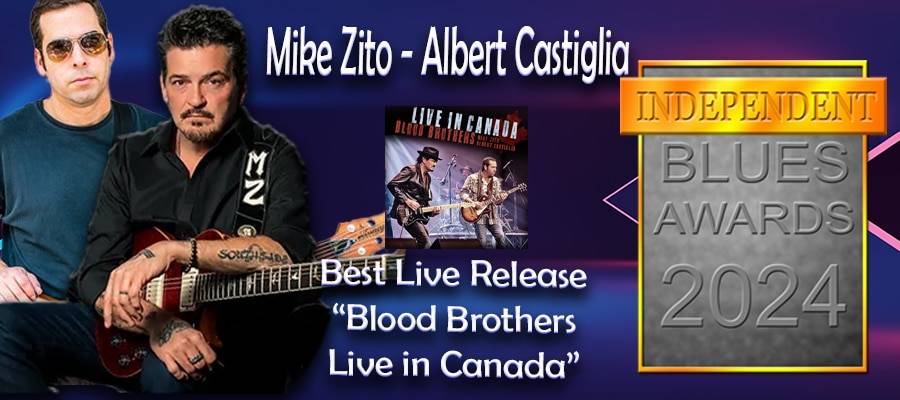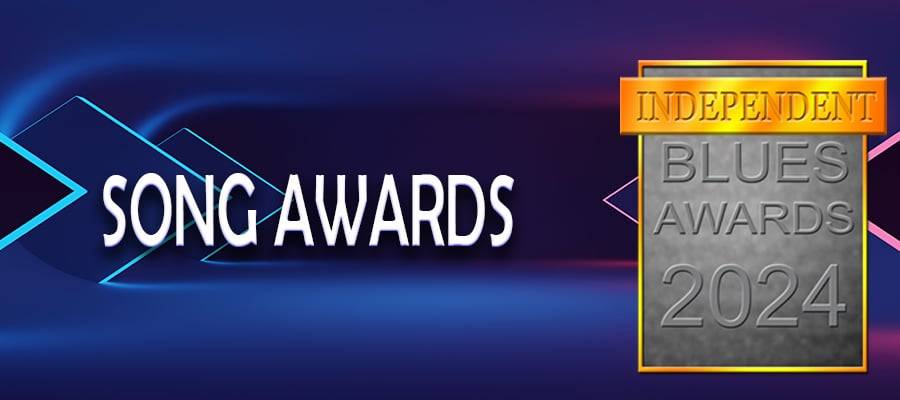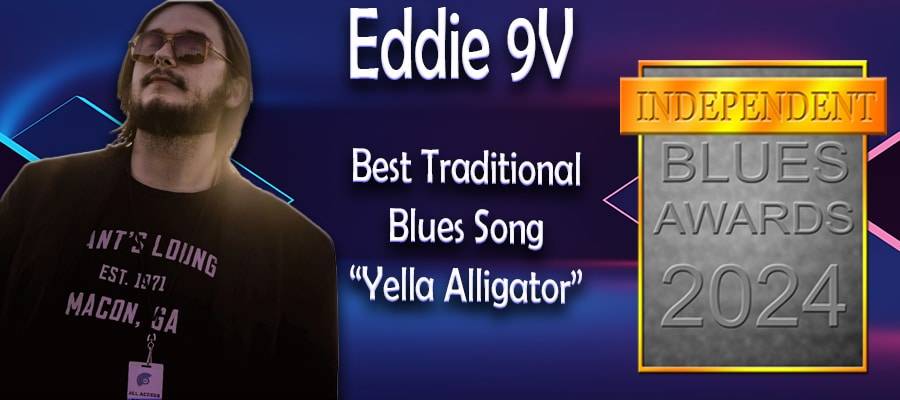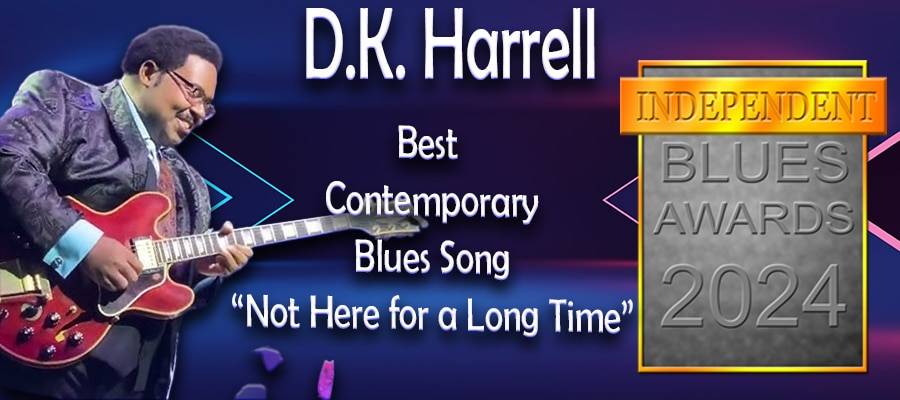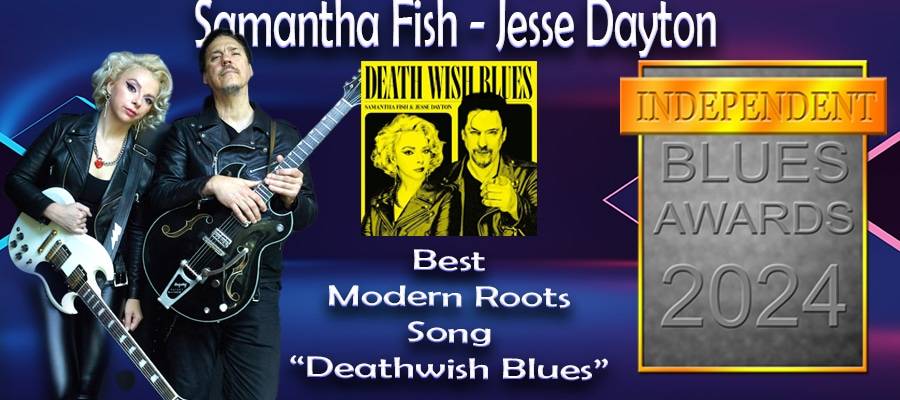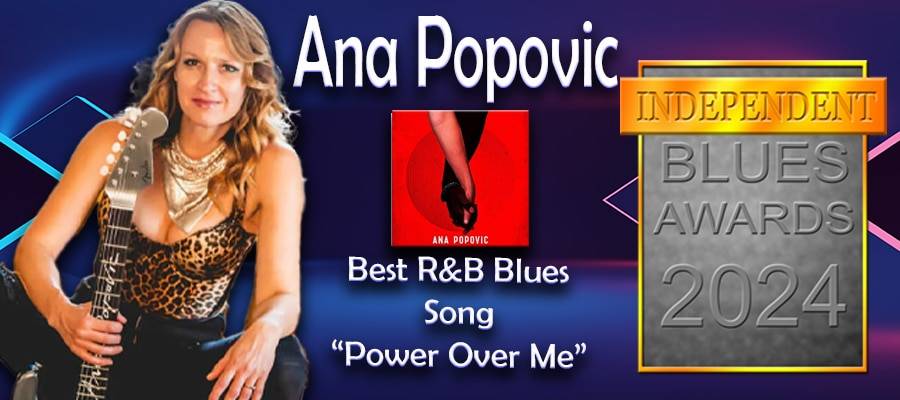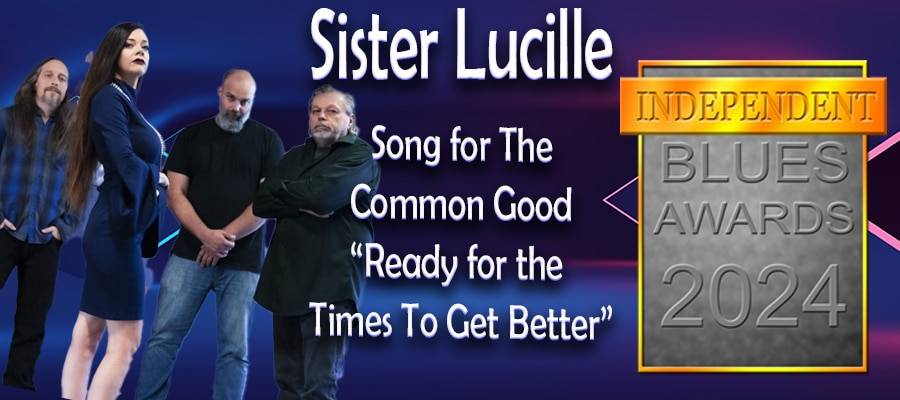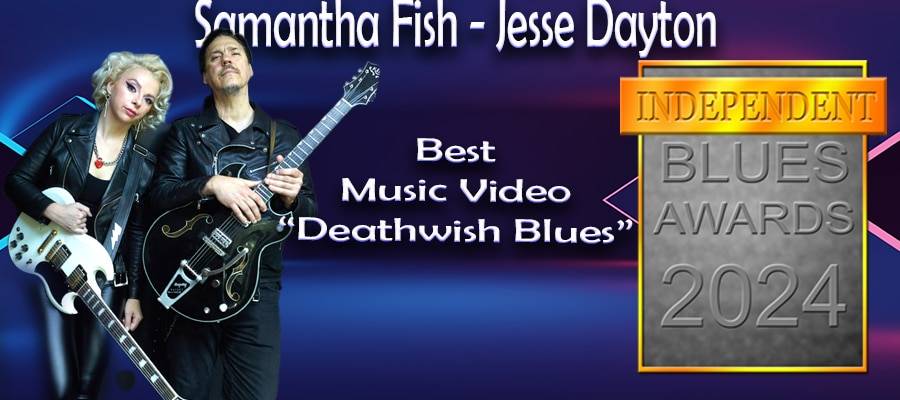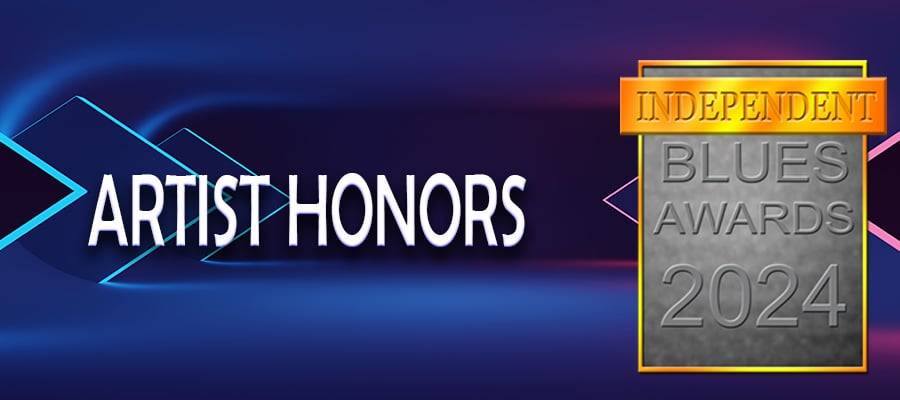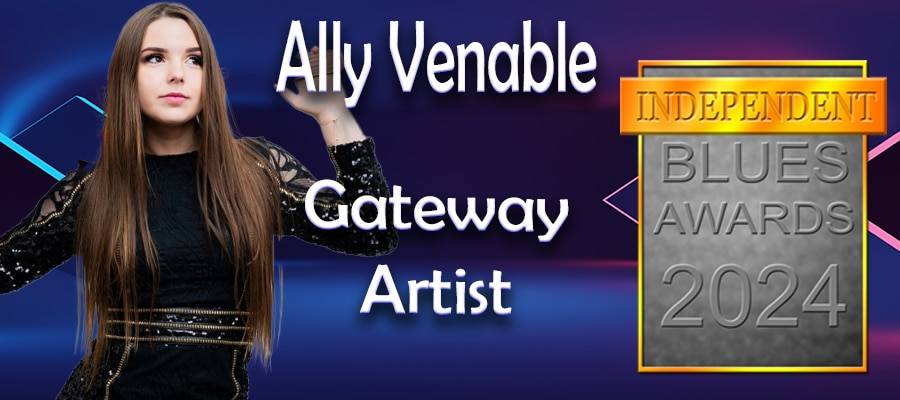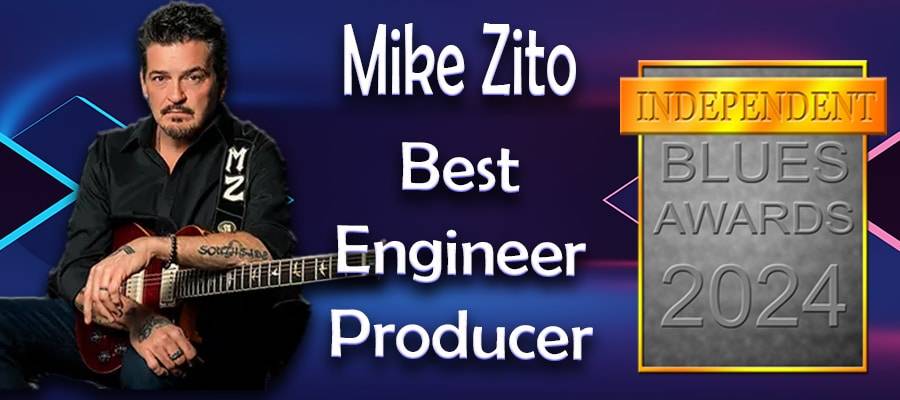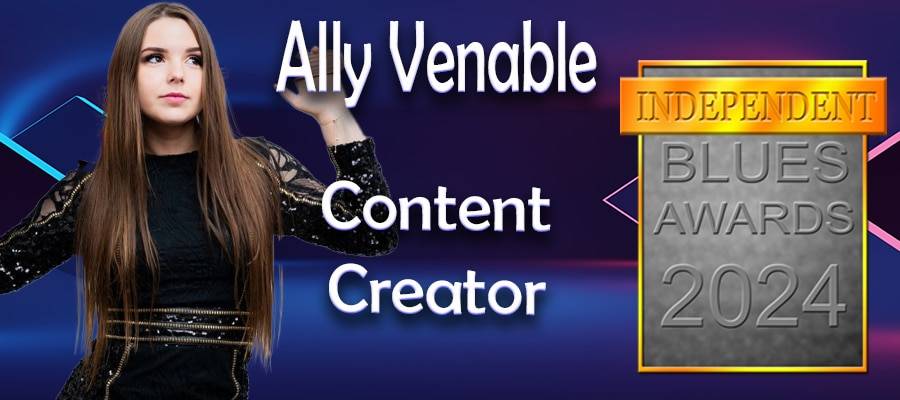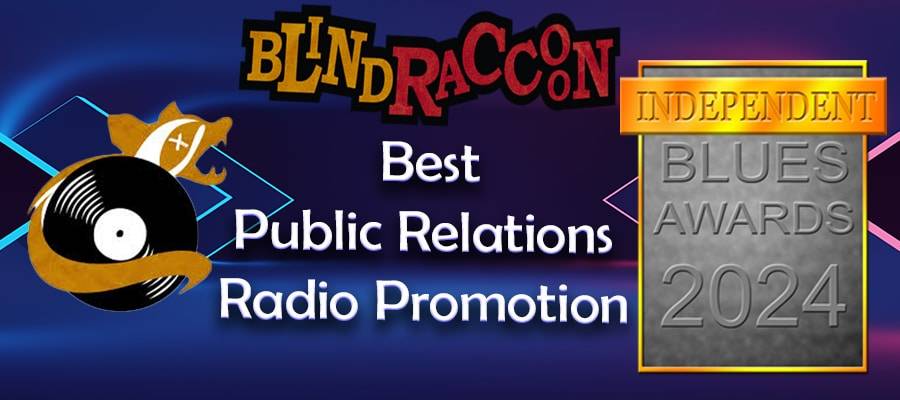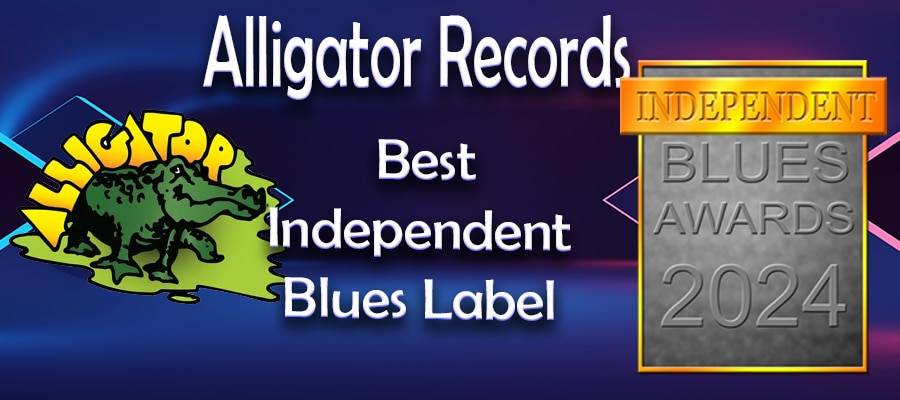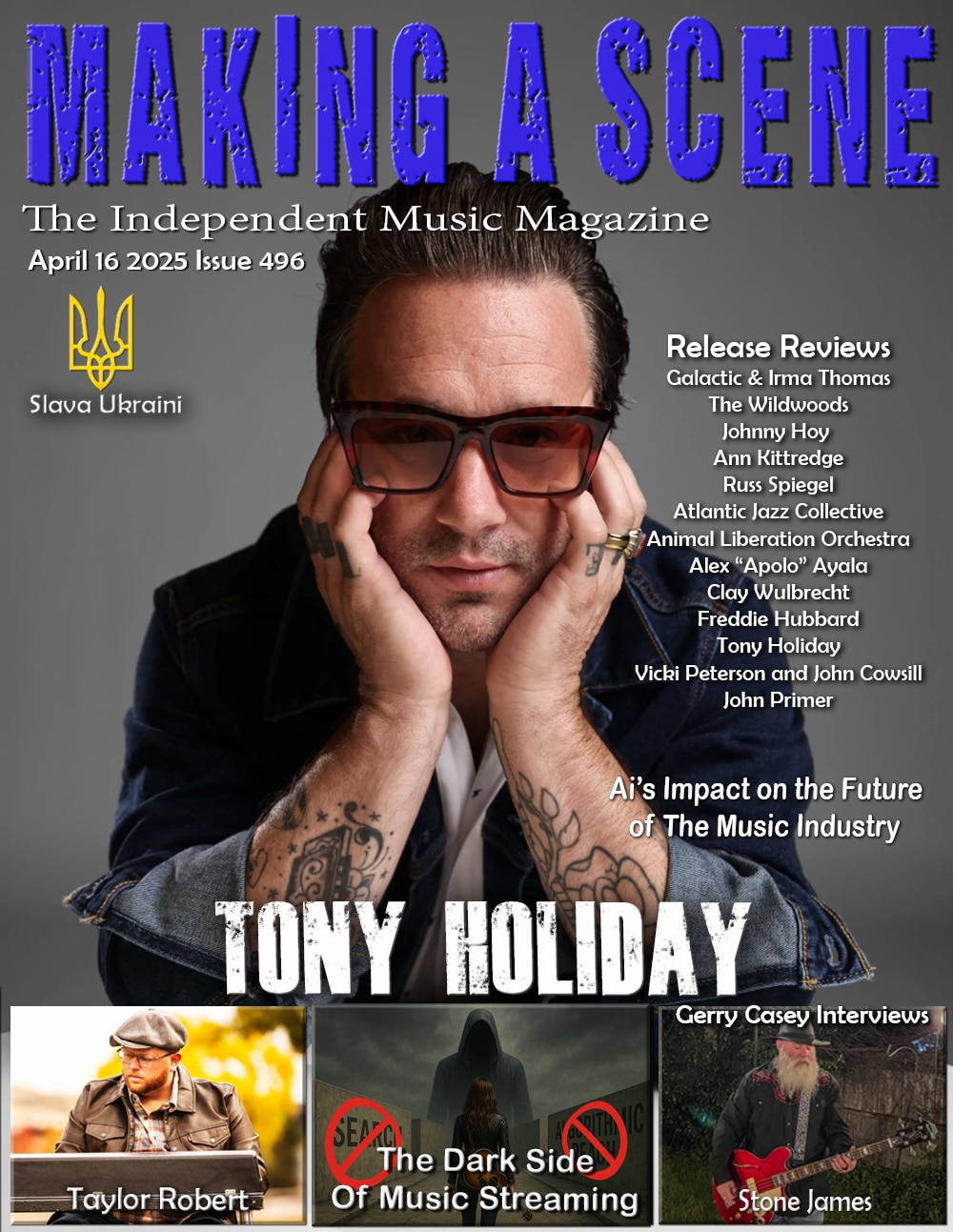Frank Carlberg Dream Machine
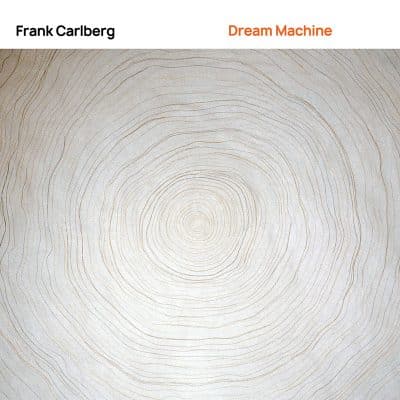 Frank Carlberg
Frank Carlberg
Dream Machine
Red Piano
Finland- born pianist, composer, and educator Frank Carlberg has assembled a rather unique jazz quintet with two keyboards for Dream Machine. While the title may appear to be just a made-up term. It reference a 1959 invention of programmer Ian Sommerville and artist/author Brion Gysin, who developed a “rotating cylindrical object that could put someone in a dreamlike state by sitting in front of the machine with one’s eyes closed.” Accordingly, in this program of nine fully conceived pieces, Carlberg intersperses four short “Dream” pieces that could possibly relate to such a semi-conscious state. These pieces contain written material to varying degrees, just as the boundary between conscious and semi-conscious is blurry at best, so is the notion of the written parts blending with the improvised. Some, such as “Dream III” has no written melody but some structures to play around. “Dream IV” on the other hand, after a fanfare has written harmonic materials that form a foundation for improvisatory statements. “Dream I” is like a backdrop for the carnival barker, an invitation to restless dreams. Both the dream segments and the fully conceived pieces are inspired by Carlberg’s experience with cinema, literature, storytelling, magic shows and other things; not just music for music’s sake.
Carlberg plays piano and Rhodes. Joining him on Hammond B3, Farfisa organ, and synthesizers is the eminently versatile Leo Genovese. Returning from his collaboration with Carlberg on Elegy for Thelonious along with Genovese is tenor saxophonist Hery Paz. The in demand bass drum tandem is John Hébert and Dan Weiss. The combinations of the keyboards seems very unique at least to these ears which can’t recall seeing a Farfisa organ for example on a jazz release, and, aside from organ-led combos, the B3 rarely appears in this kind of quintet configuration.In the liners, Carlberg, states “The music of the group resides in the area between dusk and dawn of our consciousness and draws from half-remembered recollections of things past. Images of fantasy and reality intermingle in memories of carnivals, side shows and fairgrounds. Nostalgia is felt for imagined events.” “Dream I” certainly has the feel and sound of a carousel as Genovese’s synth merges with Paz’s tenor on the melody that grows fuzzier when the B3 enters. The three pieces that follow then are the more full expositions of restless dreams. “Nostalgia” begins with the rumbles of bass and drums, Paz spins a gentle melody, and we then enter a dizzying state of rather remarkable harmonics as the piano and keyboards mingle as the piece alternates from light through Carlberg’s piano solo to ominously dark with the full ensemble. “The Jester” has the musicians, mostly the pianist and tenorist, simulating the kind of ballet-like movements the jester might make. Paz grows heated as the piece evolves, joined by the synths. Carlberg comments, “I wanted the music to feel ceremonial, simple, emotional, descriptive or symbolic.” As you’d expect “Into the Sunset” is one of the more pensive, though fragmented pieces with intriguing passages from Genovese on B3.
“Dream II,” which seems mostly improvised over a steady groove, is followed by two pieces. The sharp angled “Reconstruction” is filled with intricate start-stop rhythms and agitated blending of the B3, piano, and sax. “Going Back” is much calmer, almost folkloric with an 18th century feel, as it times the organ sounds church-like while Paz begins lyrically, eventually bringing more ferocity over Weiss’s thumping toms as the organ(s) blaze a rather otherworldly path.
Following “Dream III” we enter some of the most restless, ‘out’ portions of the project. “Zimmer’s Dream” is inspired by the dreams, anxieties, and thoughts of David Zimmer, the main protagonist in Paul Auster’s The Book of Illusions. Again, Genovese is most imaginative on the B3, prodded on by Carlberg’s comping. When Paz enters, Carlberg’s penchant for Monk-like angularity grows more apparent. Weiss kicks it up on the kit and the quartet returns to the swaying theme. “The Grand Hotel” goes in a completely different direction with its elongated lines and yearning character, building drama as it unwinds via Carlberg’s classically colored piano and unexpected intrusions for tenor and organ.
The mostly improvised “Dream IV” leads to “Search and Rescue” and “Light Matter.” The former bears a stealthiness worthy of the title with slithery exchanges between Paz and Genovese obtuse piano runs, and uneven rhythmic cadences. “Light Matter” is a swirling Garth Hudson-like (“The Genetic Method”) journey to outer realms.
The music on Dream Machine runs the gamut from soothing sensitivity to ferocious avant-garde intensity, one of the more unique sounding albums in recent memory.
– Jim Hynes
Buy Us a Cup of Coffee!
Join the movement in supporting Making a Scene, the premier independent resource for both emerging musicians and the dedicated fans who champion them.
We showcase this vibrant community that celebrates the raw talent and creative spirit driving the music industry forward. From insightful articles and in-depth interviews to exclusive content and insider tips, Making a Scene empowers artists to thrive and fans to discover their next favorite sound.
Together, let’s amplify the voices of independent musicians and forge unforgettable connections through the power of music
Make a one-time donation
Make a monthly donation
Make a yearly donation
Buy us a cup of Coffee!
Or enter a custom amount
Your contribution is appreciated.
Your contribution is appreciated.
Your contribution is appreciated.
DonateDonate monthlyDonate yearlyYou can donate directly through Paypal!
Subscribe to Our Newsletter
Discover more from Making A Scene!
Subscribe to get the latest posts sent to your email.

